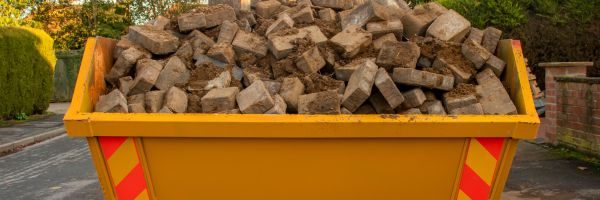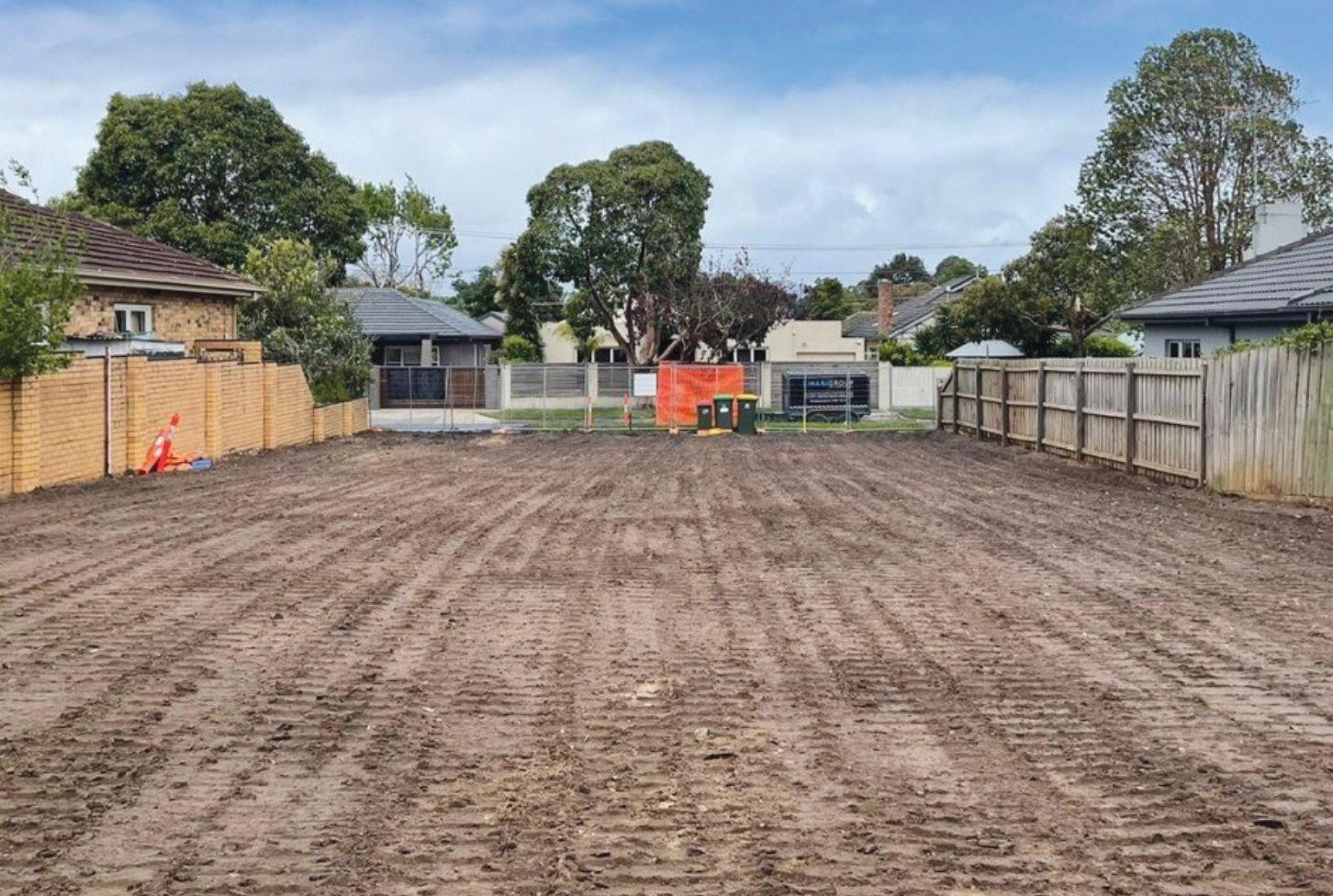Considering knocking down your old, tired home and rebuilding your dream home? Before the bulldozers roll in, it's essential to recognise the value of preparation. Careful planning lays the foundation for a seamless demolition process and ensures a well-prepared construction site.
There are a few steps you need to take before starting demolition works. Understanding these important requirements will help you avoid challenges and setbacks. From selecting the right demolition company to coordinating service abolishment and safeguarding valuable assets, planning ensures a well-coordinated and efficient process.
To guide you, we have provided an outline of these steps, equipping you with invaluable insights to navigate this phase seamlessly. When you build your new Marque home, our team is on hand to assist with this process and make the journey as simple and smooth as possible.
Choosing Your Demolition Company
There are several companies who will be able to perform the demolition works for you and we strongly recommend you take the following steps when selecting the right company.
- Obtain three quotes from reputable demolition companies. Seek recommendations from friends, family, or your builder,
- Prepare a detailed list of instructions for everything to be removed from the site, including trees (if permitted), fences, pools, and outbuildings,
- Review the quotes when received to ensure all required works have been included,
- Visit some sites the company has recently demolished and check they have not left rubbish on site or mixed building materials in with the soil.

Additional Services Through Your Demolition Company
Your demolition company may be able to provide these services. Talk to them about adding to your quote:
Clearance Certificates
Most builders will require a clearance certificate before starting on-site. This is a certificate provided by an independent third party who will inspect the demolition works upon completion and certify that after their inspection that there is no visible asbestos left on site.
Protection Works Permit
If you are removing a structure or tree (including tree roots) that may damage any part of your neighbour’s property (including your shared fence) then by law, you must provide notices to your neighbours.
Disconnecting of Existing Services (Abolishment)
Before any demolition works can be started the existing services to the property will need to be “abolished” which in simple terms means disconnected. These service providers require you to make applications directly to them for these works and the forms can usually be found on their websites. At Marque, we can help guide you through this process for your new Marque home.
It’s important to know that from the time of application to the abolishment of the service can take up to 28 days.
Gas
This work can only be completed by the authorised representative of the Infrastructure Provider. You will need to quote the number on your gas meter.
Power
To complete the form, you will need to quote the number on your meter. This work can only be completed by the authorised representative of the Infrastructure Provider.
Telephone Lines
You will need to complete the abolishment request from the Telstra website as they own the telephone lines regardless of who you have chosen as the retail provider.

NBN
If NBN has been connected to the existing property, then a direct application via NBN is required. Note: only authorised trades from NBN can perform this work.
Pay TV
A direct application via the website of whichever supplier you use, assuming you have additional hard wiring to your home.
Sewer
We recommend that the mains sewer connection is disconnected from the home by a qualified plumber. This will avoid damage to the mains connection. Failure to have this connection disconnected at the sewer tie can also result in contaminants - concrete, clay, mud etc - entering and blocking the sewer main which can be very costly for the homeowner.
Septic Tanks
If you have a sewer tank that needs to be removed some demolition companies will arrange to perform these works. If not, then a professional company will be required to pump out all contents of the existing septic system before it will be dug up for removal.
Water
If you have one water connection to the property, the water should not be disconnected from the mains and only the pipe leading from the meter to the home should be capped. The existing connection will be used by the demolition company during the demolition works. The service provider for your water will need to arrange for the disconnection and removal of any excess water meters.
Storm Water
The connection from the home to the legal point of discharge should be disconnected at the boundary of the property. These works can be completed by either the demolisher (if included in the scope of works provided to them) or a drainage/ general plumber.
Temporary Fencing
Temporary fencing is required for any part of the property boundary that is not already securely fenced prior to demolition work commencing.

Asset Protection Permits
Before demolition can commence, the demolition company will require the property owner to take out an “Asset Protection Permit” from Council. An Asset Protection Permit is a written permit issued by Council for the protection of public infrastructure assets including footpaths, vehicle crossovers, gutters, and local roads, during building work. Whilst all care is taken, breakages are often unavoidable due to the heavy equipment required in areas designed for the maximum weight of a passenger car. The Council will require proof of the current condition of their assets prior to works commencing and the homeowner is responsible for rectification works at the end of the project. In most cases, Councils will require the payment of a bond to ensure these rectification works are completed at the end of the project.
Pools
If your property has an existing pool onsite that you wish to retain and that does not affect the construction of your new home, then the pool must have either a fully compliant pool fence surrounding it or have fitted a professionally constructed fixed pool cover placed over it.
If you are not keeping the pool, it must be demolished completely, and the hole backfilled during demolition. If this area is directly under or adjacent to the foundations of the new home your builder should appoint a structural engineer to design the foundations with additional concrete and reinforcing to suit.





